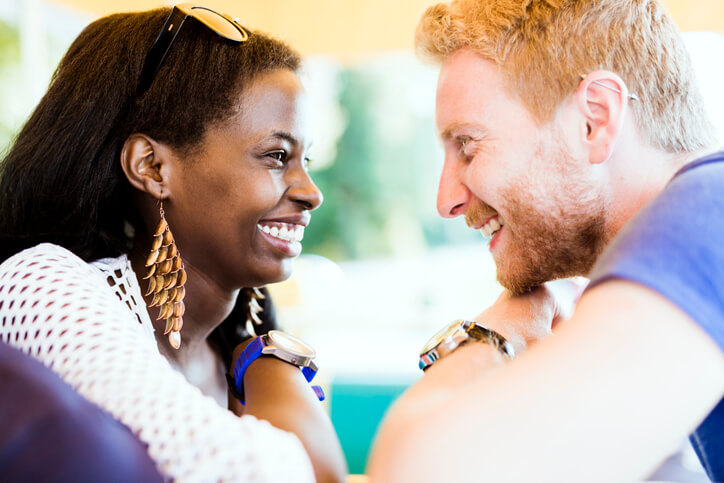Why Eye Contact Can Be So Powerful
The eyes are the window to the soul. While this may sound cheesy, studies have proven that eye contact can cause physical and psychological reactions. For example, prolonged staring can make your skin crawl and give you the creeps. On the other hand, locking eyes with an attractive individual could lead to feelings of excitement. Don’t believe in things such as love at first sight or the eyes being the window to an individual’s soul? Then you will want to check out what science has to say.
 Eye Contact and the Human Connection
Eye Contact and the Human Connection
Recent studies have focused heavily on eye contact as a social stimulus and as a fundamental aspect of nonverbal communication and more.
Establishing Connections with Others
A common belief is that making direct eye contact with someone indicates a connection, not always a romantic connection either. One study published in 2018 stated humans rate strangers based on eye contact. If someone looks directly at us, we will be more likely to identify them as similar to ourselves – whether physically or personality-wise. Our instinct to blur out those around us is squashed when we lock eyes with someone else.
Reading Situations and People’s Emotions
Other studies suggest that if you make eye contact with someone and move closer to one another while maintaining eye contact, you connect with them on a deeper level through a mechanism called pupil mimicry. According to the mechanism, your pupils’ size adjusts to that of the other person – signifying some sort of deep connection.
Other studies suggest that looking into each other’s eyes gives us significant social queues. It helpsus to read the emotions of those around us. For example:
- Blinking more often than usual but not suspiciously (think the fluttering of eyelashes) can be an indication of “interest” or arousal.
- Blinking too often can also point to nervousness or that the person is telling a lie.
- Avoiding looking at someone might suggest unease. The person is uncomfortable or maybe trying to hide or avoid something.
- Pupil dilation is often associated with arousal, happiness, and excitement.
- Pupil contraction is most often associated with hurt, confusion, or anger.
Persistent or Evasive Eye Contact
In human culture, looking into each other’s eyes is to be expected. However, persistent or evasive contact often throws up red flags when you’re interacting with someone.
Maintaining steady eye contact during a conversation is not unusual. It can show you are paying attention to what the other person is saying. However, staring aggressively often signals that a person is attempting to assert dominance over the other person. On the other hand, if a person is avoiding looking at you in the eyes, it could be for several reasons. Those could indicate they are:
- Being dishonest.
- Feeling self-conscious.
- Over-calculating the situation, making it uncomfortable for both of you.
It Can Tell You More About Someone Than You Think
Whether you believe the science or have experienced the effect of direct eye contact – there is no denying that eye contact plays a significant role in human connection. It could be a glance across the bar. Or maybe just noticing carious movement during an interaction. Whatever it is, there is no denying that you can tell quite a bit about a person long before they say hello.
Share
